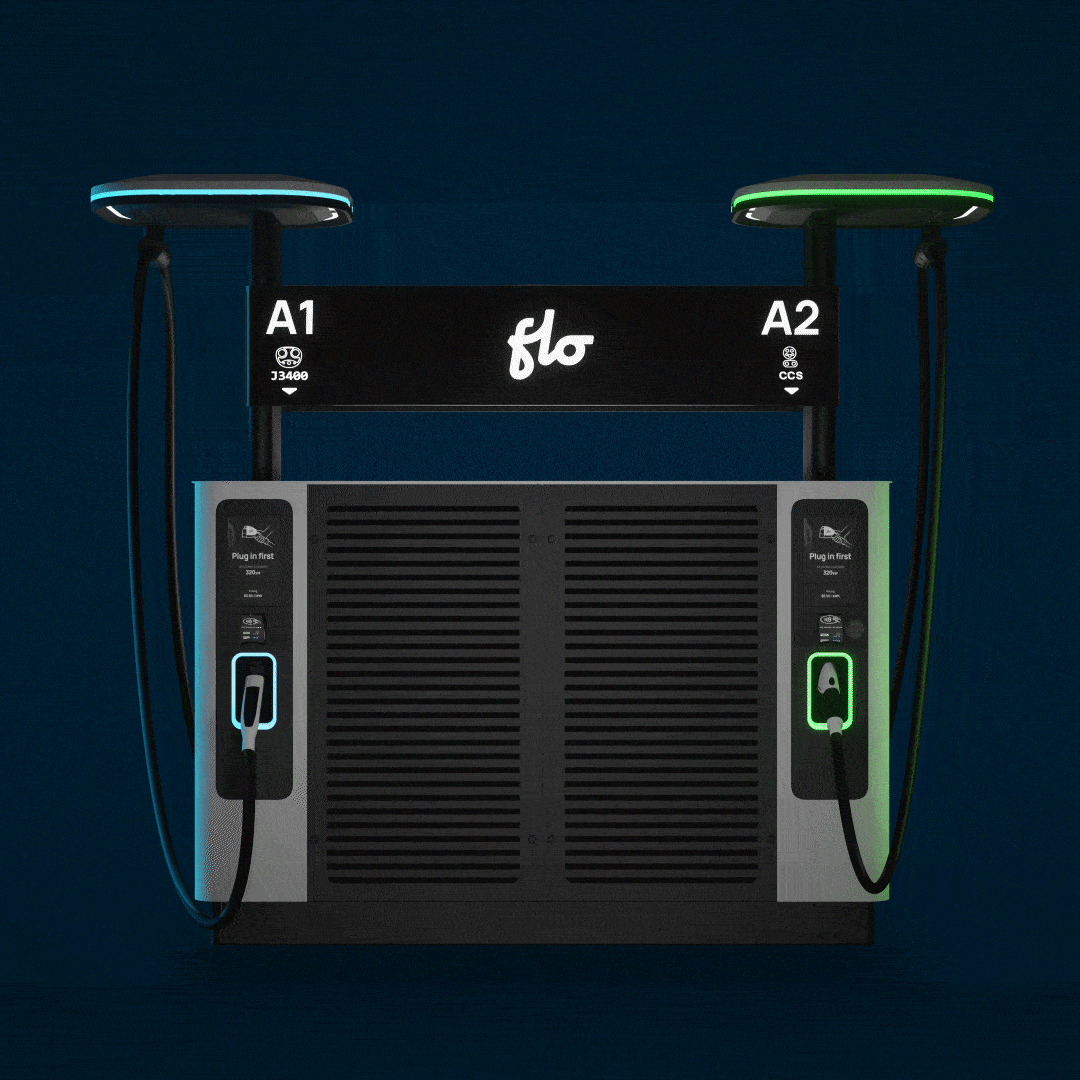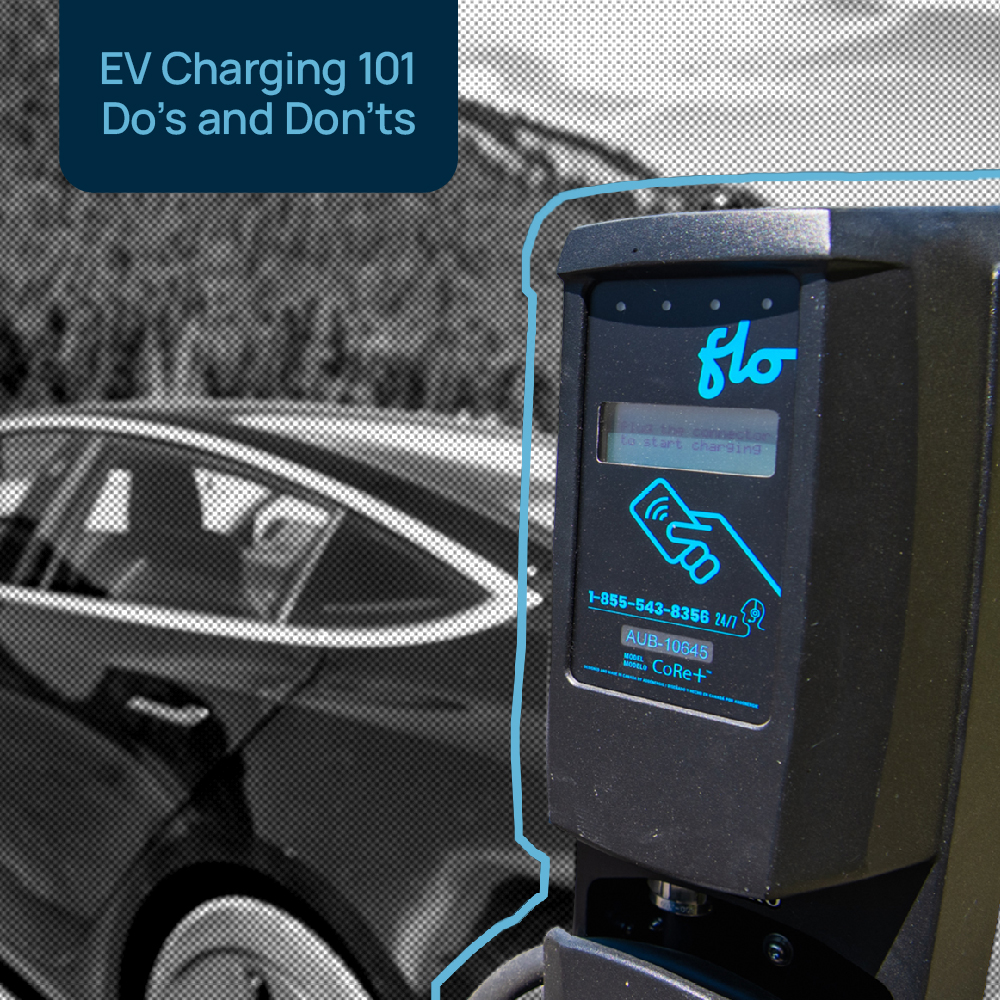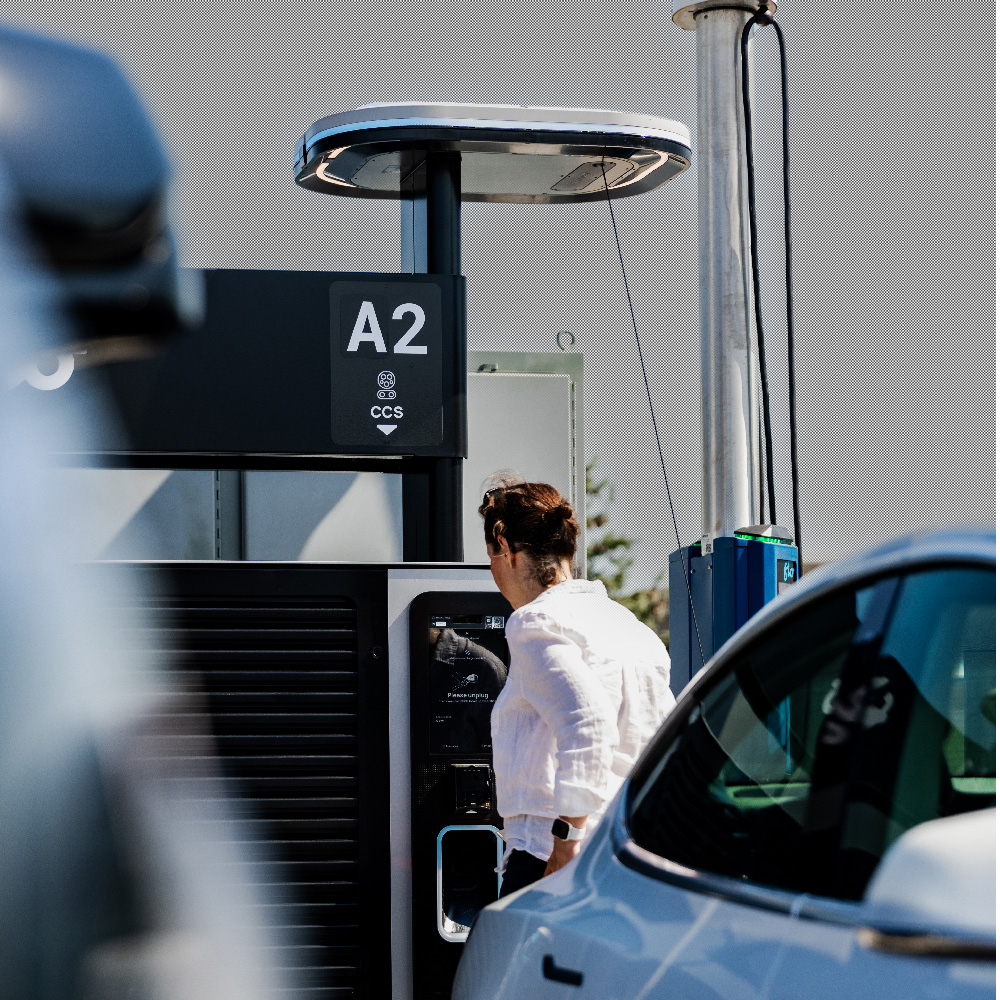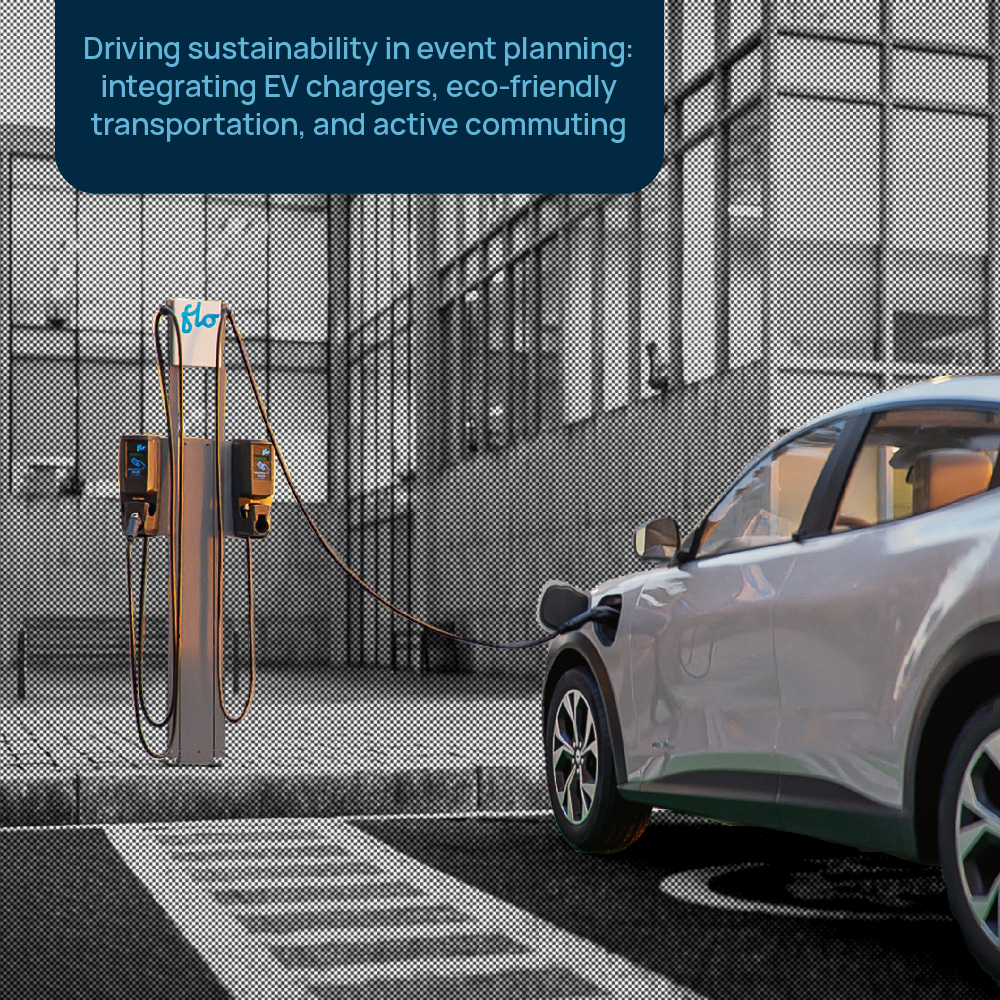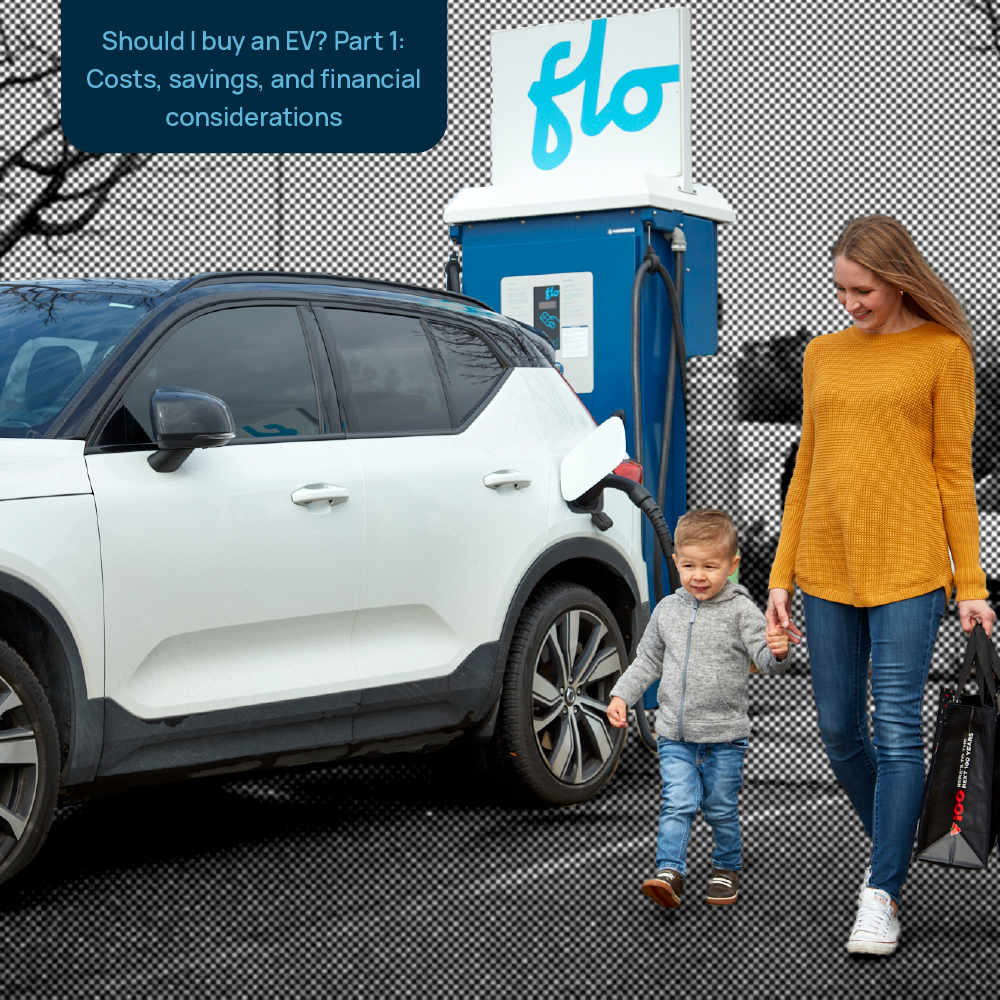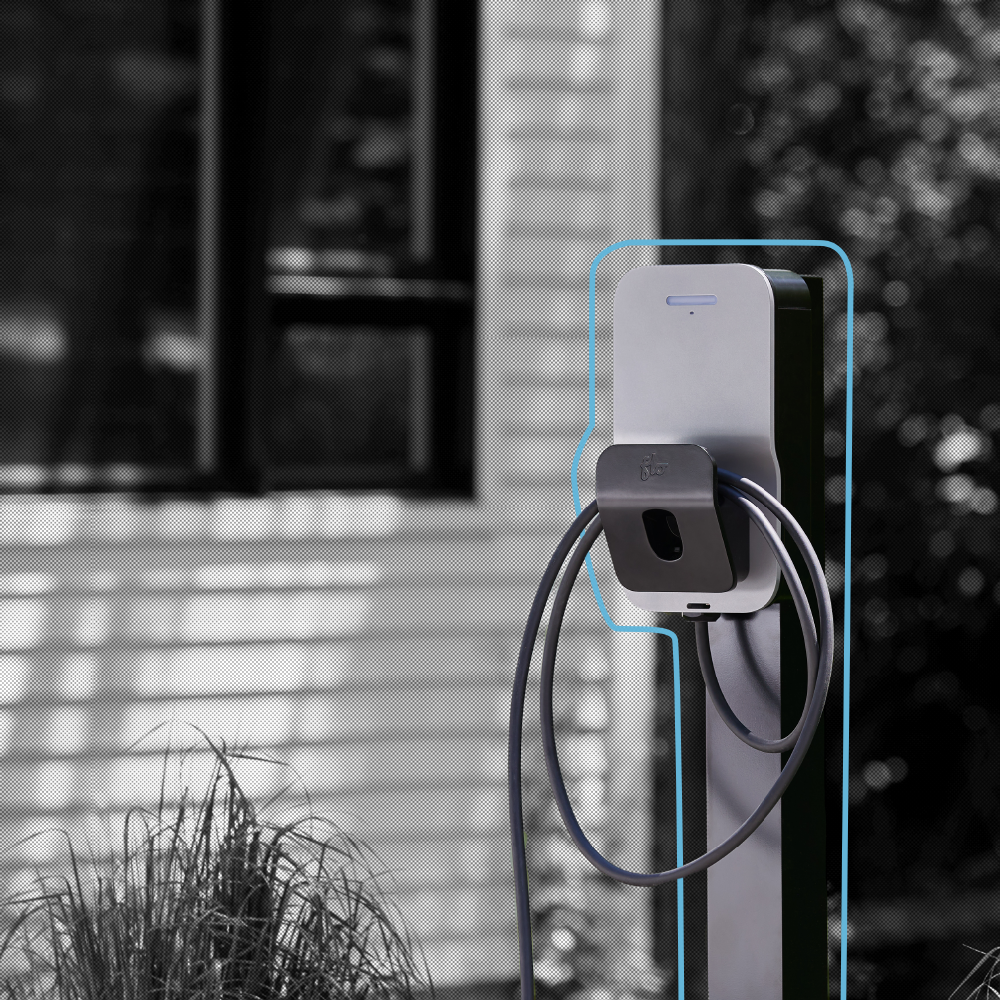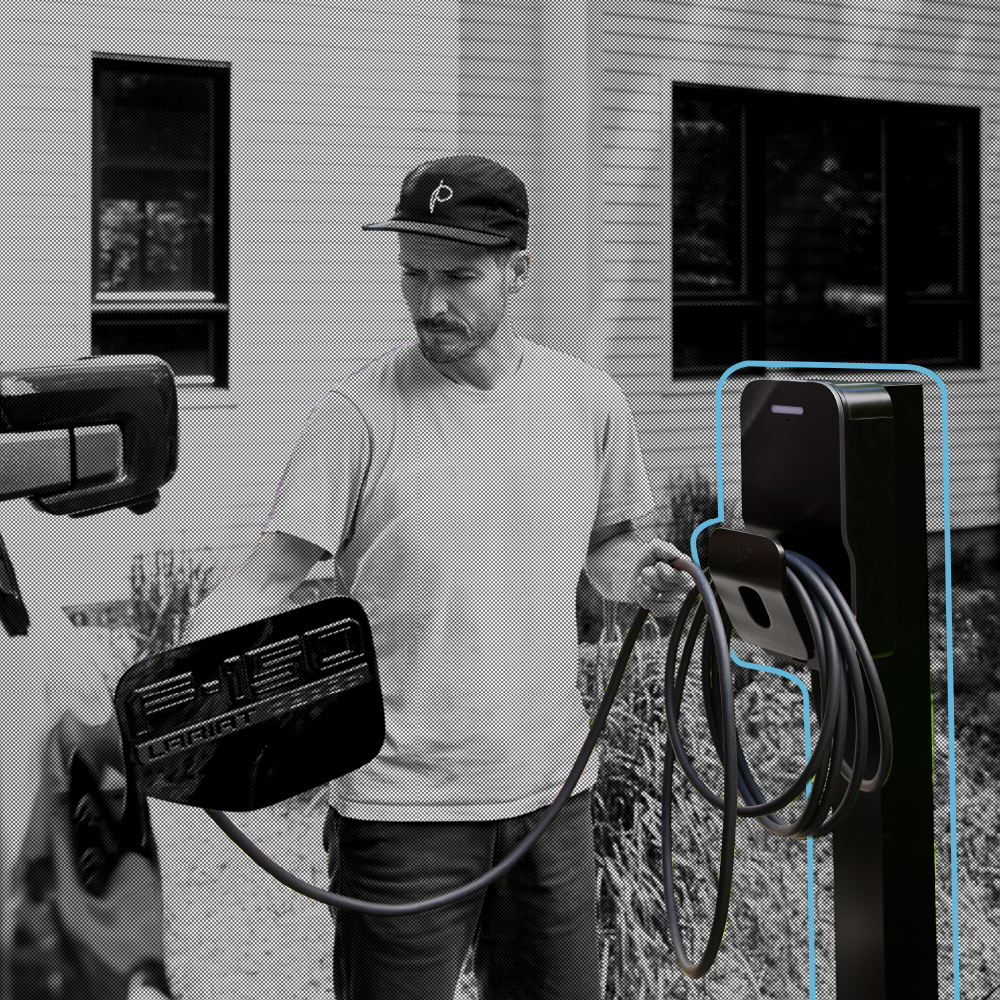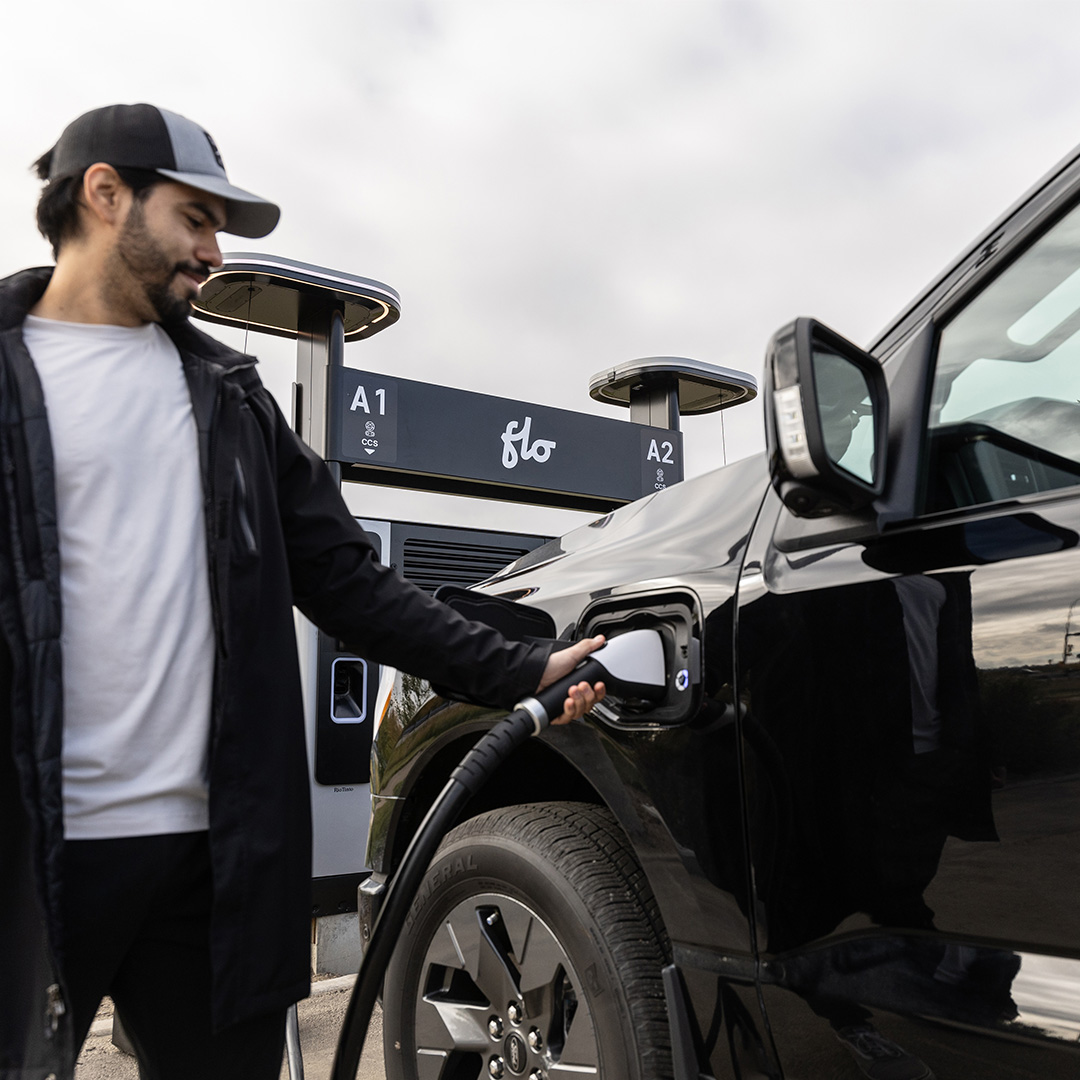EV charging 101: the dos and don’ts
EVs are still relatively new. As with any new technology, there’s a learning curve, and the one for EVs can be steep — including when it comes to charging etiquette. To ease you into the transition, here are a few things to keep in mind when you pull up to a charging station.
You asked, we answered.
DO know your EV
Where’s my charging port?
The placement of charging ports varies from one car to the next. Remember where yours is located so you can park in a way that’s optimal for charging and won’t get you tangled in cables.
Which charging station should I use?
Some EVs have a limited charge rate. You can use a fast charger, but older models might not charge any faster than if they were hooked up to a level 2 charger, meaning you might be wasting money. If you’re not in a rush, a level 2 can be cheaper. (By the way, here’s how to use level 2 and fast chargers.)
DO be considerate
How can I prevent damage and tripping hazards at charging stations?
If there’s a holster for connectors, or a rack to wrap cables, make sure you use them. Keeping cables off the ground helps avoid tripping, protects the cables from damage and helps the next user have a better experience. Pay it forward!
What if a charging station is damaged?
Sadly, cut cables and broken screens occur from time to time, so if you come across a station that’s been damaged or vandalized, report it (contact information is located on FLO equipment and you can always find our customer support information on our website and app) just make sure you note the station number and location.
Can I run errands while charging my EV?
Of course, but use the FLO app to know when your battery is full. When using public charging stations, it’s best to move your car as soon as your session is done. The only exception is with curbside charging – if you’re using a level 2 station to charge overnight, no one expects you to wake up at 4 AM!
How can I be a good EV ambassador?
If you’re charging your EV, get ready for questions! Lots of other drivers are likely to ask you about your vehicle and your experience driving an EV. When charging in a residential area, remember that people live near by, so try to keep your voice down, music low and lights off (especially at night), and leave no trace behind! We want our neighbors to be glad to have a charging station close to their home.
DO plan ahead
When should I look for a charging station?
If you have 20 km worth of battery left and there are EV charging stations in 10 and 15 km, don’t risk it: always choose the station nearest you in case the next one is occupied.
How can I find charging stations on my way?
Plan your next outing with the help of the FLO network map to identify stations enroute. If there aren’t any, let us know! We’re always on the lookout for new places to add chargers, especially where needed the most.
DON’T abuse EV parking privileges
Do charging stations double as parking spots?
A charging station isn’t for parking: it’s for EV charging. Not only is it rude to block a spot for longer than you need to charge, you can also get slapped with high overstay fees and fines. Some stations are programmed to charge a premium when your battery is full. Unless you’re in a place where overnight charging is expected, get your electrons and move along!
What do I do if a vehicle is in the spot, but not connected to the charging station?
We call this getting “ICEd”, and it’s brutal! If you are on a city street, call the municipal parking authority and ask them what to do. If you are in a commercial parking spot, contact the property manager.
DON’T plug your EV into a common outlet
If I’m stuck, can I use a building’s electricity to charge my EV?
Most people charge their EVs at home, but if you live in a condominium or an apartment complex with private parking, don’t use the electrical outlets to charge your EV unless you have permission.
Here’s why:
- Building bylaws typically don’t allow it.
- A building’s electricity is usually intended for maintenance or operational purposes, not personal use.
- It’s going to take way longer to charge your EV than it would using an actual charging station.
- Using common outlets to charge your EV means everyone has to pay for it. Some may argue that it’s more expensive to vacuum a car than to charge one, but that’s not the point. It’s the principle. Stay on your neighbors’ good side!
If you do use a common outlet, be extra careful about tripping and other safety issues, and never use a broken or damaged outlet.
DON’T unplug what isn’t yours
Can I disconnect an EV if I need the station?
Unless there’s a message confirming that you can unplug an EV, don’t touch other people’s property.
What if it’s an emergency and no stations are available?
If you can’t wait until the next available charging station, you can try politely asking to interrupt someone’s session and charge your battery enough to get you to your destination. Chances are most people have been there before and will be happy to pay it forward (as should you in a similar situation!).
Congrats, you’ve now got the basics down! And on that note, we wish you plenty of adventures on the open road with your new or future EV. If you plan to do the bulk of your charging at home like most EV drivers, learn all about the range of personal charging stations we offer – the FLO Home line.

